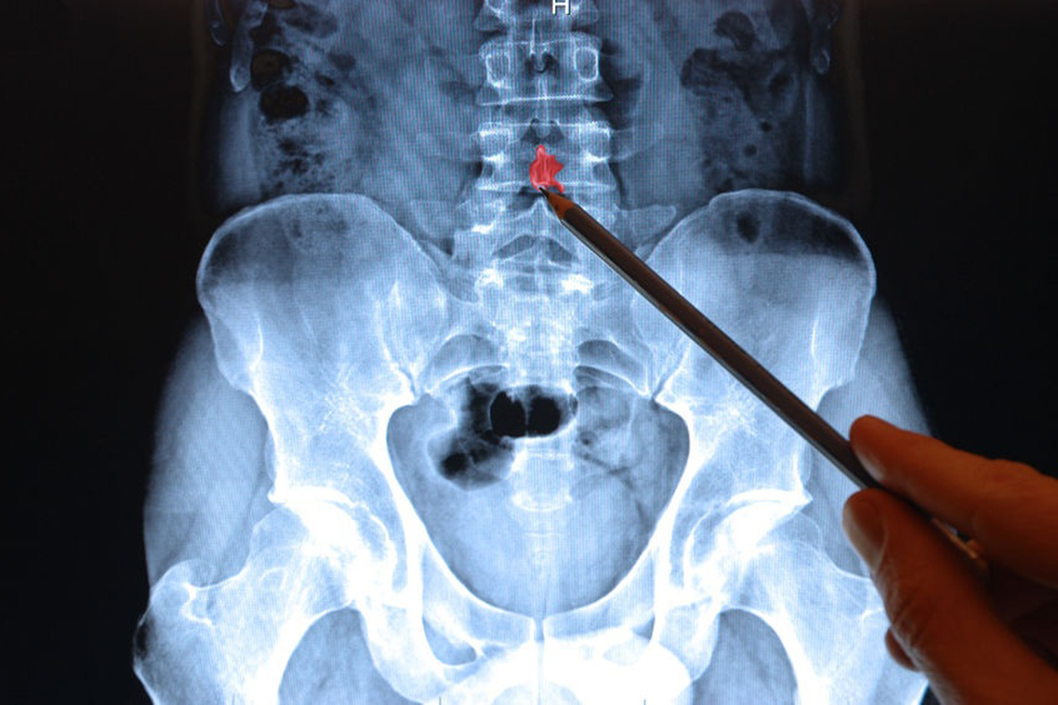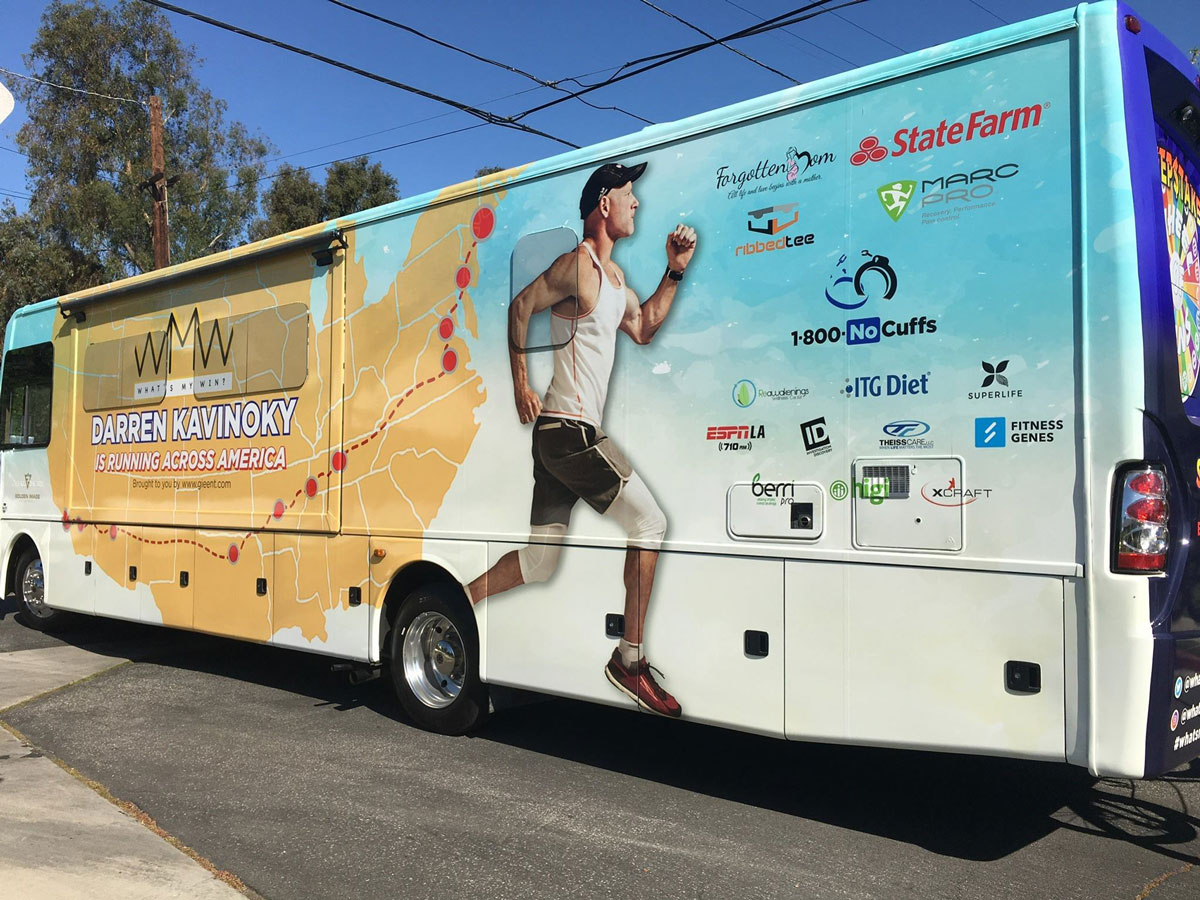You may know Darren Kavinoky as an award-winning criminal defense attorney, founder of 1-800-NO-CUFFS and…

The Best Pain Reliever for Back Pain Has Nothing to Do With Pain Medications (or Surgery)
Lower back pain is a common health problem worldwide—four out of five people experience it at some point in their lives.
It can affect people of all ages, but it is especially common in older adults due to degenerative changes in the spine. If you’re a baby boomer or senior, this could prevent you from doing all the things you love and enjoy, such as playing a round of golf or game of tennis, being active with your grandkids or taking that once-in-a-lifetime cruise.
The good news is you can live pain free if you’re suffering from lower back pain. Safe and effective treatments are available. And it may surprise you to learn that the best pain reliever for back pain has nothing to do with pain medications or surgery.
Common causes of lower back pain
Several causes of lower back pain have been identified, the most common of which are disc injuries, lifting heavy objects and other non-specific back injuries. Risk factors for lower back pain include:
- Age: As we get older, our spine ages as well, leading to a degeneration of the protective discs between the vertebrae (spine bones). Disc disorders such as herniated discs, muscle and ligament strains and sprains, arthritis of the spine and spinal stenosis (narrowing of the spaces between the vertebrae) are all age-related causes of lower back pain.
- Posture: In modern society, we do a lot of sitting, whether it’s to work at a desk, eat dinner at the table or watch a movie on TV. The scientific community has even coined a term for this—sitting disease. Experts are calling sitting the new smoking. What’s worse, oftentimes we don’t pay attention to our posture while sitting, which puts pressure on the spine and damages it, leading to back pain.
- Obesity: It’s body mechanics—excess weight pushes the spine forward and strains the lower back. That’s why lower back pain is common in people who are overweight or obese. Studies have also shown that obese people are more likely to have back pain that is severe enough to need treatment.
- Depression: Surprisingly, your lower back pain is connected to your state of mind. Psychological distress, such as anxiety or depression, can worsen the pain you experience in your lower back. This doesn’t mean your back pain is all “in your head.” Lower back pain is no trivial matter and it is a real complaint that needs to be treated.
The problem with traditional treatments for lower back pain
In many people, lower back pain improves with home remedies and self-care—a few days of rest, an over-the-counter pain reliever, and you’re back on your feet.
But in some cases, the lower back pain is severe and needs medical treatment, such as physical therapy, prescription pain pills, and psychotherapy or meditation to relieve stress. In advanced cases, surgery may be recommended for people with lower back pain.
However, we still think too many patients are pushed into surgery, and that practice is often driven by the myth that an MRI is gospel.
For example, we’ve found that ”disc herniations” are overly blamed for back pain. Why? Discs are easily seen on an MRI. Most of the time, because of human nature, what we see is what we believe, right?
But what if we told you that an MRI can’t necessarily determine the cause of back pain and it doesn’t always mean surgery.
According to Dr. Tolbert, this is one of the hardest concepts for patients and even some practicing clinicians to comprehend.
On the first day of her class at the UCLA School of Medicine, Dr. Tolbert usually asks her students: “What is the single best diagnostic tool we have for lower back pain and medicine, in general?”
The answer, according to Dr. Tolbert, is the medical interview of the patient and the doctor’s hands, which is done through a physical exam.
“We treat people, not MRI findings,” Dr. Tolbert says. “Don’t get me wrong: MRIs can be a valuable tool. But we are learning more and more that most diseases and injuries involve inflammation, which occurs at the cell level and can’t be detected by an MRI or X-ray.”
Identifying the source of the pain is critical in planning precise treatment that will work.
Surgery for disc problems often involves fusing the affected bones and ligaments in place. This is not the ideal treatment if the spinal ligaments are the source of pain. Spinal fusion results in unnatural mechanics and progressive degeneration of the levels above and below the fusion due to excessive movement.
Also, surgery doesn’t guarantee a pain-free future and is only successful in about half of all patients. With every successive spine surgery, the success rate declines further, so it’s a treatment of diminishing returns.
There’s even a term used to describe it—failed back surgery syndrome, a clinical situation in which the outcome of the lumbar spinal surgery doesn’t meet the patient’s expectations in terms of pain relief or quality of life.
What’s the alternative?
So what’s the best pain reliever for back pain, in our opinion? PRP (platelet-rich plasma) and prolotherapy are promising new, non-surgical, all-natural treatments that offer long-term relief from this condition.
Platelet-rich plasma (or PRP): This is an office procedure in which a small sample of your blood is drawn. The sample is processed in a centrifuge machine to separate the platelet-rich plasma or PRP. The PRP, which is a component of your own blood, is then injected back into the target area, in this case, the area of pain in your lower back.
What the PRP injection does is it boosts the body’s natural healing process. Platelet-rich plasma contains dozens of growth factors and proteins in high concentration that play a vital role in healing. Also, the platelets release chemicals called cytokines that regulate inflammation and pain.
PRP treatment, therefore, helps restore and repair damaged and degenerated intervertebral discs that are causing your back pain.
There are two big advantages of PRP treatment for lower back pain. First, it’s a natural way to support the body in healing itself. Second, we are treating the root cause of your back pain. In contrast, when you pop a pain pill, all you’re doing is masking the symptoms.
Prolotherapy: This is a non-surgical treatment in which an irritant is injected into the target area (lower back) to kickstart the body into healing itself.
Prolotherapy is a natural treatment in that it relies on the body to heal itself. The injection only provokes the healing process with the irritant. Most patients require three to eight prolotherapy treatments spaced one month apart.
As a result of prolotherapy injections, weakened or damaged joints and ligaments become stronger, pain is reduced and mobility improves.
Prolotherapy attacks the cause of the problem instead of merely suppressing the symptoms. This is in contrast to pain medications that offer temporary relief or spine surgery that does not guarantee pain reduction.
Why you should consider PRP and prolotherapy for back pain
Recent research has shown that PRP and prolotherapy are safe and effective non-surgical treatments for lower back pain with high patient satisfaction and success rates of more than 70%. They are natural treatments that can help many patients avoid spine surgery and its associated risks.
What’s more, prolotherapy can be offered to patients who have had spinal disc surgery in the past and have continuing or recurrent lower back pain.
Bottom line: Don’t let lower back pain take all the fun out of the best years of your life. If you’ve tried surgery, home remedies, physical therapy or pain medications, and nothing has worked, talk to us about PRP or prolotherapy. We’ve used these treatments to fix the problem in many patients when all else has failed them, and many are now back to living active lifestyles pain-free.

